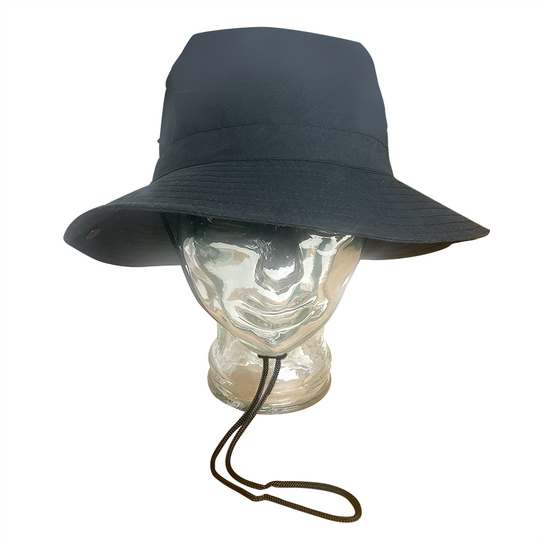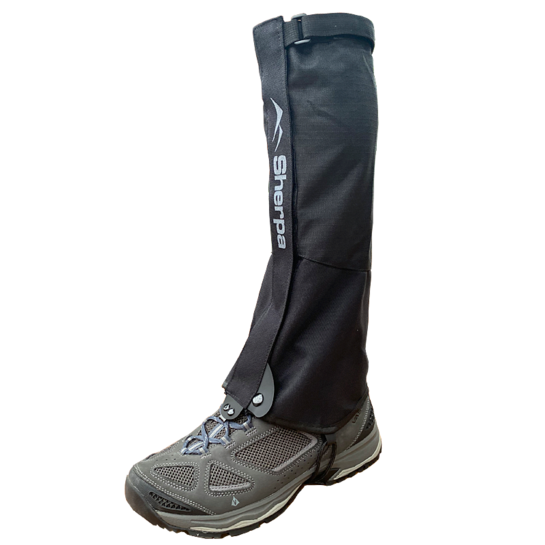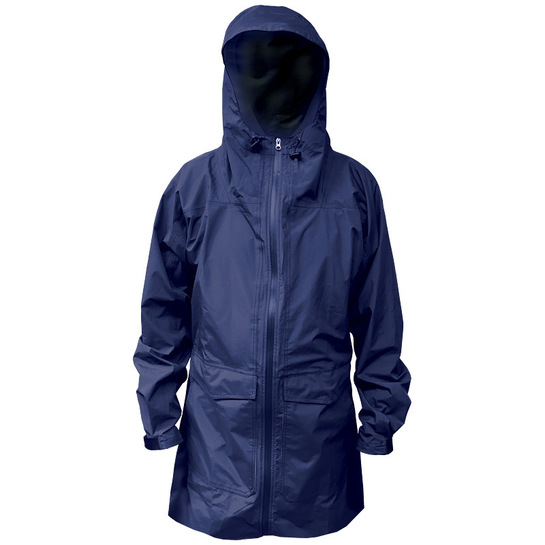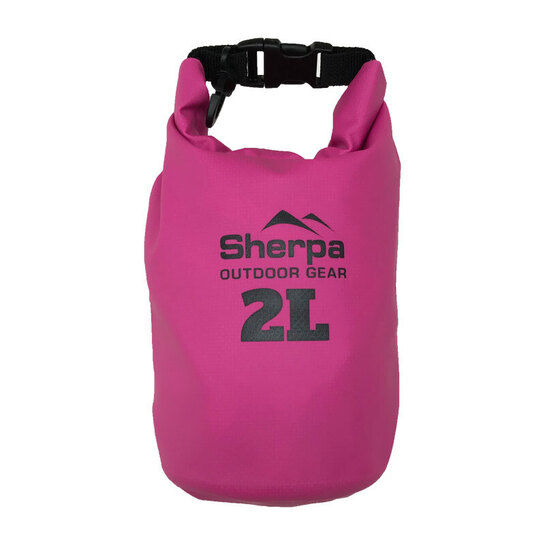Shopping for some new rock climbing shoes and don't know where to start? Whether you are sending it at the gym, tackling a project at the crag or free solo climbing over the water, we've got a shoe for you! When shopping for climbing shoes there are three main things to consider: type, fit and features.
Climbing Shoe Type
The type of climbing shoe best for you will depend on the types of climbs you are doing, the duration and how advanced you are. The more advanced shoes will have a bigger downturn and thinner, less durable rubber that will improve performance on more technical climbs. Note that the aggressive performance shoes will be more uncomfortable for all day use so are recommended for single pitch climbs.
Beginner Climbing Shoes (All-Rounder)
Best for: beginners & indoor climbing
Beginner shoes tend to have a flatter sole and are generally made of tougher, more durable rubber. These shoes offer a a more relaxed fit for all-day comfort and allow your toes to lie flat inside the shoes.
|
Pros |
Cons |
|
|
Intermediate Climbing Shoes (Performance)
Best for: slab routes, crack climbs and long multi-pitch climbs.
Intermediate climbing shoes are slightly more downturned for more technical climbing.
|
Pros |
Cons |
|
|
Advanced Climbing Shoes (Aggressive Performance)
Best for: overhang and single pitch difficult climbs
Advanced shoes have a bigger downturn and are made with thin, sticky rubber for harder, more technical climbing - particularly overhang climbs. These shoes have very downturned toes and lots of heel tension to put your feet in a strong and powerful position for challenging overhanging climbs.
|
Pros |
Cons |
|
|
Climbing Shoe Shape & Fit
Finding the perfect fit for your new pair of climbing shoes is vital for comfort and performance at the crag. Climbing shoes are designed to be a snug fit for total foot control and positioning on the wall or rock face. As the saying goes you want your climbing shoes to be tight but not painful, snug but not uncomfortable. Sizes will vary between brands and even between models but here are some guidelines ...
- There should be no dead space between your toes and the inside of the shoe.
- For more advanced shoes with a performance fit your toes should be curled slightly but make sure that your toe knuckles aren't bunched painfully against the top of the shoe.
- Your heel should have a snug fit.
- In general, the higher performance the shoe, the tighter the fit.
Scarpa Climbing Shoes Sizing
As a general guide Scarpa recommend customers downsize ½ to 1 full size from your ususal street shoe size. Note that downsizing depends on model, intended use, and personal preference.
- 1 Euro whole size = 6.6 mm = 0.26 inches
- 1 US whole size = 8.4 mm = 0.33 inches
Black Diamond Climbing Shoe Sizing
Black Diamond recommend going with your normal shoe size or, if you are usually between sizes, go to the larger end of your range. There is usually no need to buy bigger or smaller than your normal shoe size.
Climbing Shoe Features
Climbing shoe features include things like laces v velcro, straps, lining and rubber. All of these can affect the performance of the shoes but egenralyl come down to personal preference.
Lace-up v. Velcro Climbing Shoes
Climbing shoes can come with velcro or lace up closures. Generally, velcro climbing shoes are quicker and easier to take on and off however lace ups are more versatile. Lace up climbing shoes give you more room for movement to loosen when your feet swell up and tighten on the technical climbs. Velcro strap shoes are more convenient when taken shoes on and off between climbs.
Leather v Synthetic Upper
The upper material on climbing shoes will either be leather or synthetic. Leather shoes offer the easiest care as they are naturally deoderising however synthetics are more popular with vegetarians and vegans moving away from animals products. Leather shoes should be sized quite tight as they typically stretch up to a full size. Synthetic shoes will barely stretch at all so you should size them with that in mind.
Rubber Outsole
Thee rubber outsole on climbing shoes can affect the grip, performance and durability of the shoes. Firmer rubbers are better for edging and support weheras stickier rubbers provide better grip for smearing on slabs. Stickier rubbers are however less durable and will not last as long.

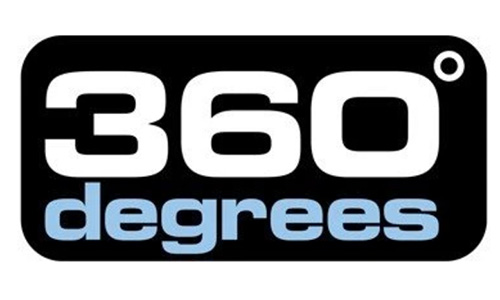













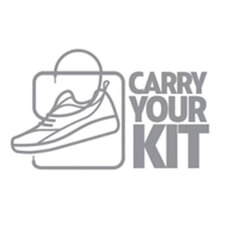






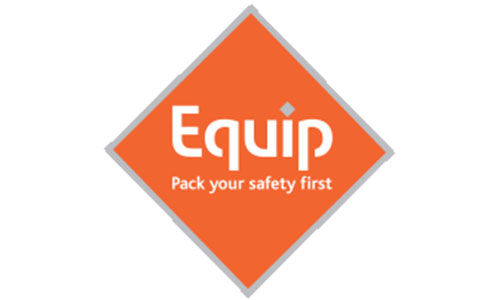



















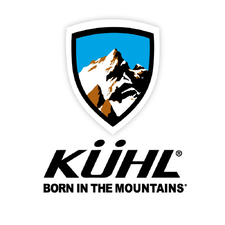






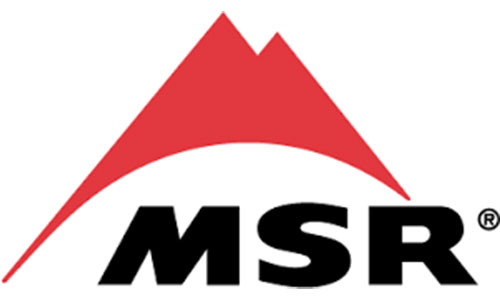


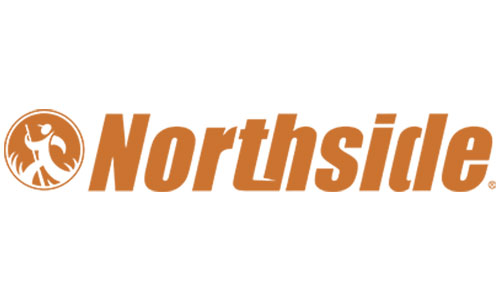







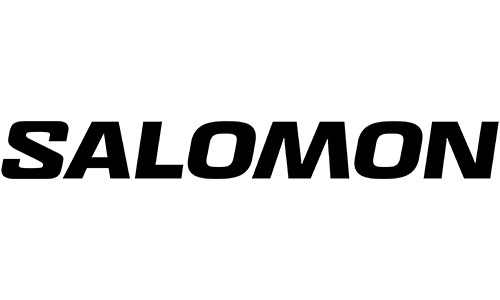








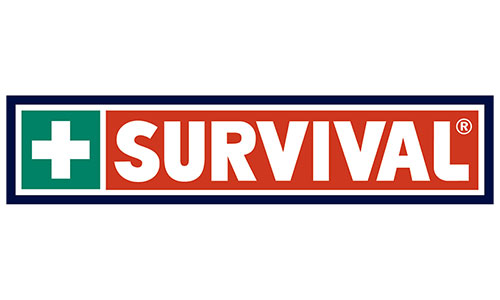






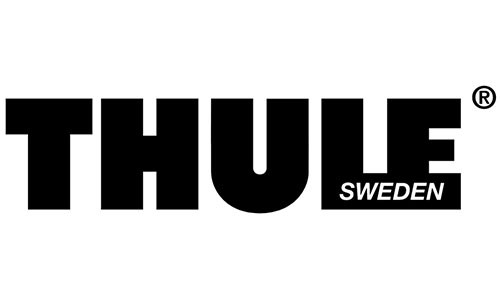










.png)
.png)
.png)
.png)






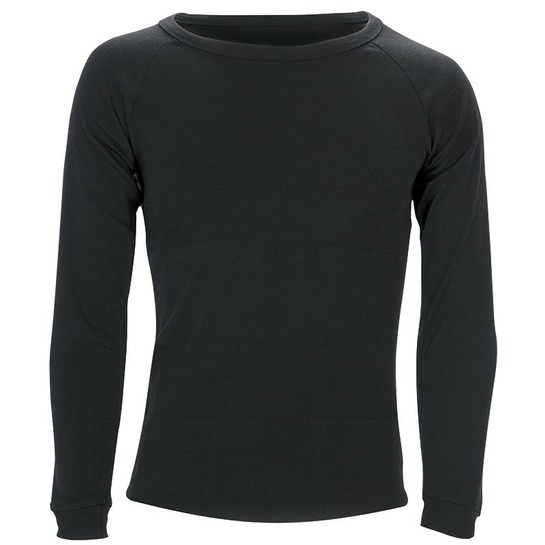

 Ships Free
Ships Free
